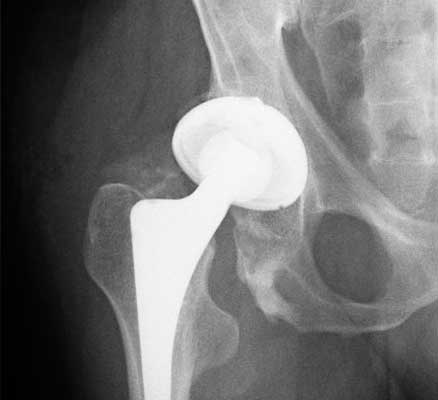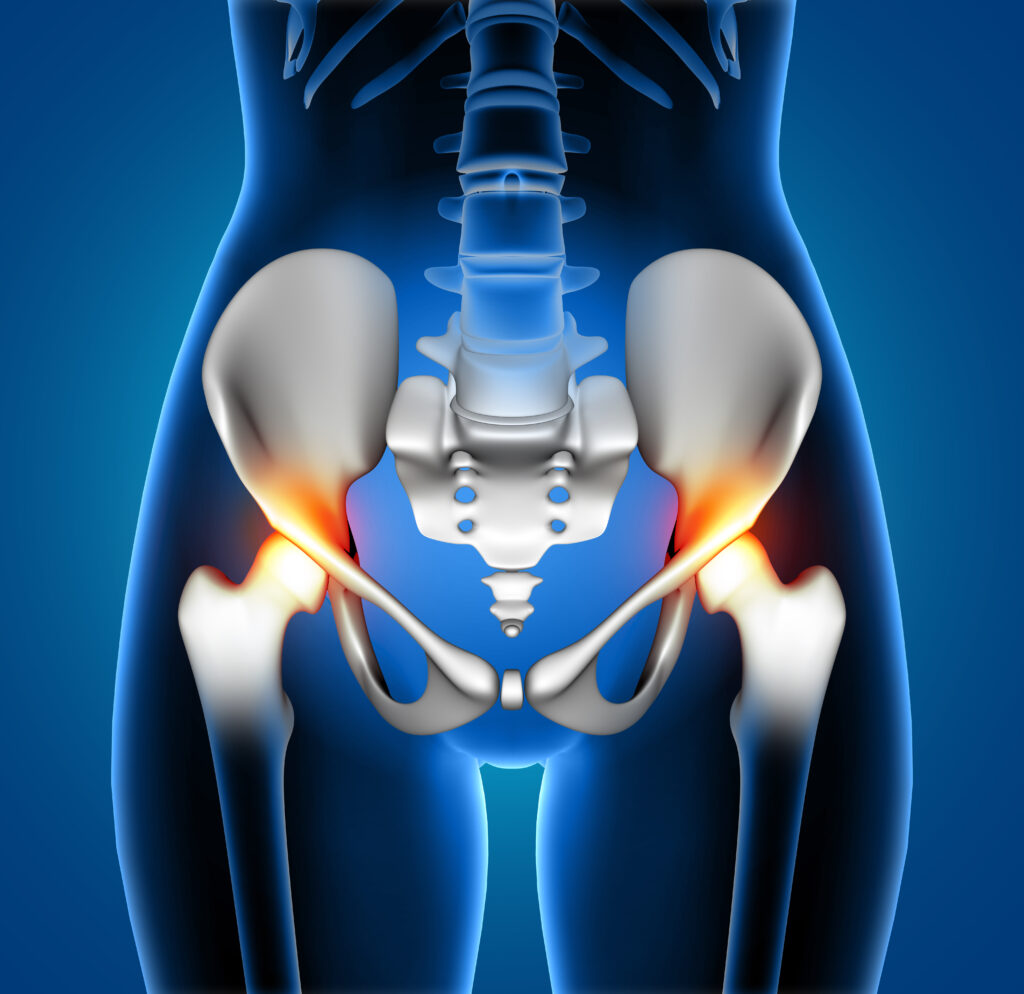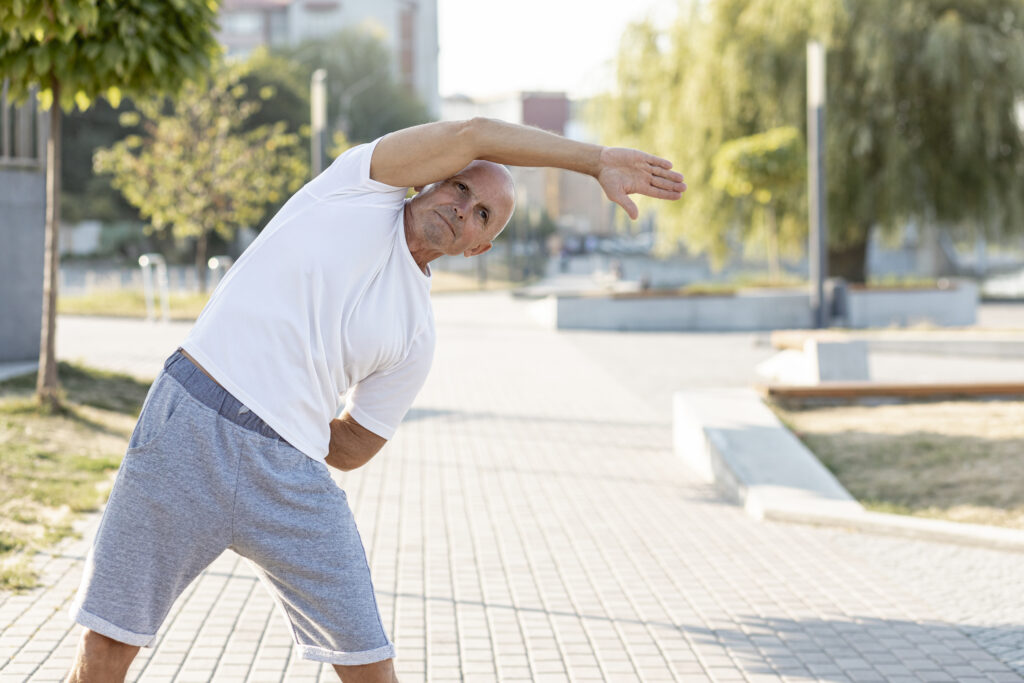
Total Hip Replacement: What To Know Before, During and After
By: Dr. Abe Kopolovich, DPT, MBA, JD-IP

Total hip replacement (THR) is a surgical procedure used to improve movement and relieve pain in the hip. It involves replacing the painful ball-and-socket joint of the hip with a prosthetic implant.
In this guide, you will find all the information you need to know about total hip replacement, including what to expect during surgery, and how in-home physical therapy can be of help before and after the procedure.
Why is Total Hip Replacement Surgery Needed?
Total hip replacement is performed in patients with severe wear and loss of cartilage in the hip joint due to injury, trauma or for types of arthritis or other congenital or age-related changes to the hip joint. However, arthritis is the most common cause.
It can be divided into two general categories:
- Osteoarthritis: also referred to as “wear and tear” arthritis. This type affects the cartilage that cushions the bones of the hip. As this cartilage wears away due to stress in the area, the ends of the bones rub together causing a grinding feeling, hip pain and resulting stiffness.
- Rheumatoid arthritis: unlike osteoarthritis, rheumatoid arthritis is an autoimmune and inflammatory disease, according to the CDC. The immune system attacks healthy cells in the body by mistake, causing swelling due to fluid accumulation in the affected parts of the body. This condition mainly attacks the joints (usually many at once) and starts in much
Alternatives to Hip Replacement Surgery

In most cases, non-surgical treatments are exhausted before operative measures are considered. One of the most effective non-surgical methods to ease the pain caused by hip arthritis is physical therapy.
Exercise can help keep your joints flexible, strengthen the muscles, reduce pain and keep your bone and cartilage tissue strong and healthy.
If you start an exercise regimen, take a balanced approach and include aerobic activities such as walking, swimming and cycling in addition to stretching/flexibility exercises and strengthening exercises with the help of a physical therapist. You want to avoid exercises that place excessive stress on the joints like high-impact workouts or competitive sports activities.
Losing weight can have a surprising effect on reducing arthritic pain. With each step, you exert 4-7 times your body weight on your knee joints. So when you lose even a small amount of weight, your symptoms improve dramatically and you may be able to perform more activities and potentially put off surgery for six months or longer.
What Happens During Total Hip Replacement Surgery?
A total hip replacement involves a surgical procedure where the damaged components of the hip are replaced with an artificial implant made out of metal, plastic, or ceramic components depending upon your unique needs and condition. Your surgeon will make a small incision in your outer thigh and carefully remove any damaged tissue from your hip joint. The implant is then fitted into place and secured with screws and surgical cement. Finally, the operating tools are removed, and you’re taken to recovery.
The total duration of a total hip replacement surgery can vary from person to person, but most procedures take about one hour to complete.
Additionally, your recovery period could last from 3-6 weeks depending on overall health and age of the patient. It’s important that you follow your doctor’s post operative instructions for a full recovery. Patients that undergo this surgery can participate in most activities of daily living in a pain-free manner for 10-20 years and sometimes longer.
Total Hip Replacement Complications
All surgeries have some risk of potential complications, even if they’re uncommon. Complications after a total hip replacement surgery may include hip dislocation, stiffness in the joint, infection, and bleeding. If you experience any worrisome symptoms like severe pain or discomfort in the replaced joint, contact your doctor right away as these could be signs of a complication.
In-Home Physical Therapy After Total Hip Replacement

After total hip replacement surgery, your doctor will give you a set of exercises to help you regain strength and mobility. Spend time stretching and doing a range of motion exercises while lying in bed or using a towel or belt for stability when performing these exercises.
Regularly practice walking with a walker or cane to safely regain strength while building hip muscles. Gradually increase your activity level as you improve and be sure to get plenty of rest in between exercises.
For more hip arthritis physical therapy exercises and help during total hip replacement surgery recovery, contact us! The experts at Therapy In Motion are at your full disposal with dedicated in-home physical therapy sessions. You’ll be back on your feet in no time.



